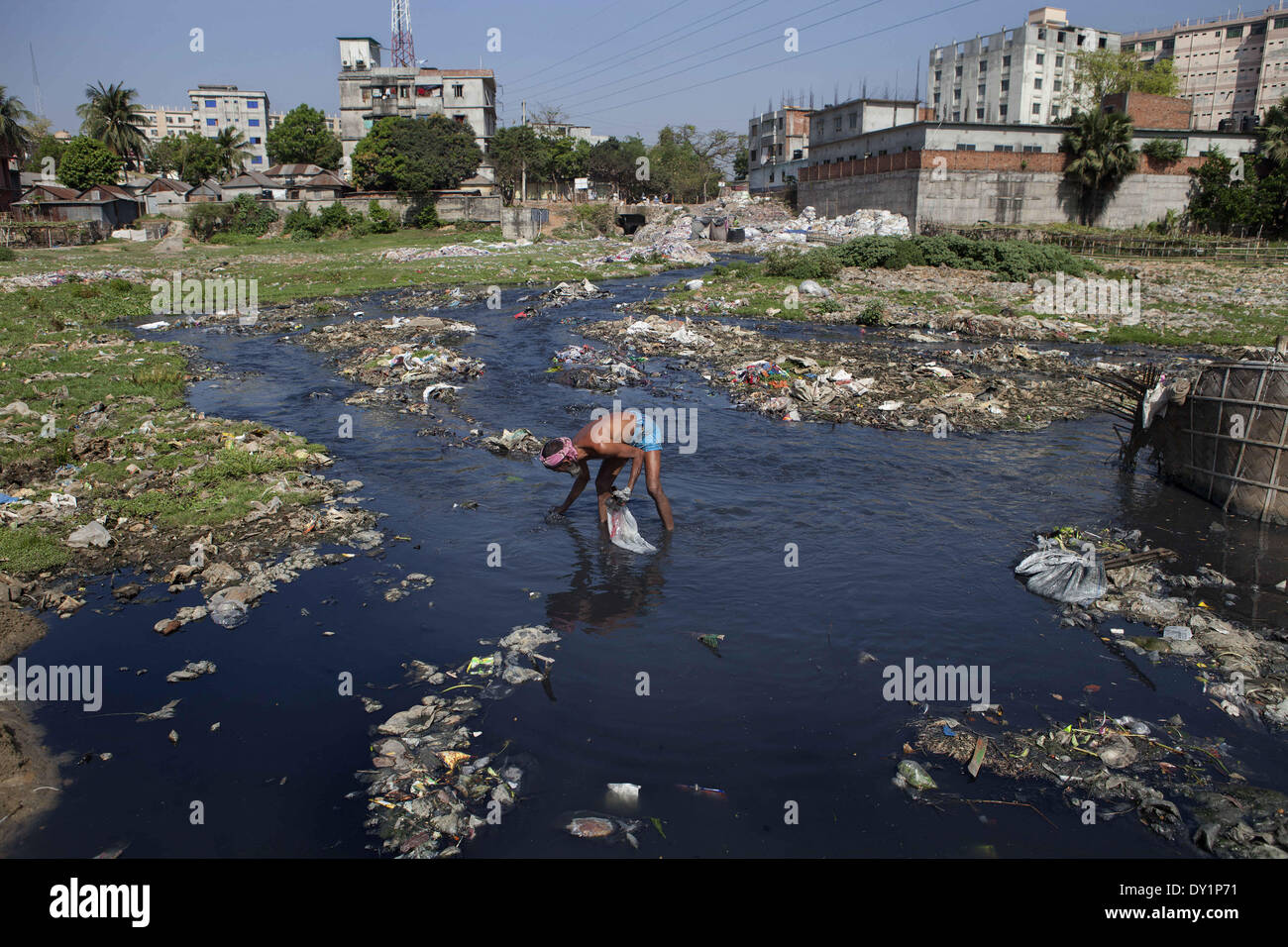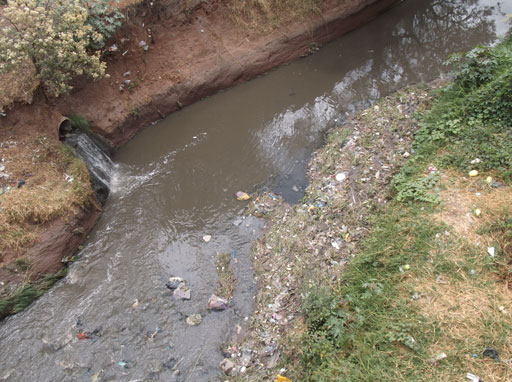Leading Industrial Wastewater Treatment Solutions: Making Sure Compliance and Effectiveness
Comprehending the Comprehensive Process of Fluid Garbage Disposal: Finest Practices and Environmental Influence Considerations
The administration of liquid garbage disposal is a complex concern that needs a complete understanding of numerous best methods and their associated ecological influences. From the kinds of fluid waste produced to the approaches utilized for collection, therapy, and last disposal, each step plays a critical role in protecting environments and public health. As regulatory requirements progress and innovation developments, the discussion around these procedures becomes significantly pertinent. What implications do these modifications hold for future sustainability efforts, and how can stakeholders guarantee that they are appropriately attended to?
Kinds Of Fluid Waste
Recognizing the different kinds of liquid waste is crucial for efficient administration and disposal practices. Liquid waste can be broadly classified right into numerous types, each calling for unique handling and treatment strategies.
Industrial liquid waste typically consists of hazardous materials, consisting of hefty metals, solvents, and chemicals, produced during making processes. These wastes require strict regulative conformity to protect human health and the atmosphere. Residential liquid waste largely describes wastewater produced from homes, including sewer and greywater, which, although less hazardous, can still present substantial risks if improperly handled.
Agricultural liquid waste, consisting of runoff from farms, typically has plant foods and pesticides that can lead to ecological degradation if not treated properly. Medical liquid waste, produced from health care facilities, consists of polluted fluids such as physical fluids and chemicals, calling for specialized disposal methods to avoid infection and environmental contamination.
Lastly, oil and grease waste, normally produced by dining establishments and automotive industries, can create serious clogs in sewer systems otherwise taken care of correctly. Understanding these categories assists in targeted methods for therapy, conformity with regulations, and effective disposal approaches, ultimately advertising environmental sustainability and public health security.

Collection Methods
Effective collection techniques are crucial for the appropriate administration of fluid waste, ensuring that it is collected securely and successfully prior to treatment or disposal. Different techniques are utilized depending on the sort of liquid waste produced, the volume, and the specific features of the waste.
One common approach is the usage of specialized collection storage tanks or sumps, which are designed to capture fluid waste at the resource. These systems often integrate pumps that promote the transfer of waste to larger storage containers or therapy facilities. Furthermore, mobile collection systems geared up with vacuum technology are used in scenarios where waste is created periodically or in hard-to-reach areas.
For commercial setups, closed-loop systems can efficiently lessen leaks and spills, permitting the recovery and reuse of liquid waste. It is also necessary to train personnel on correct collection procedures to reduce threats connected with dangerous compounds.
Moreover, applying regular maintenance timetables for collection devices makes sure optimum efficiency and security. The combination of innovative monitoring systems can enhance collection effectiveness by supplying real-time information on waste levels and potential dangers. In general, efficient collection approaches are foundational to sustainable fluid waste administration techniques.
Treatment Processes
Treatment procedures play a vital function in the administration of fluid waste, transforming potentially dangerous materials into multiple-use sources or secure effluents - liquid waste disposal. These procedures can be broadly classified right into physical, chemical, and organic techniques, each customized to attend to specific contaminants existing in the waste stream
Physical therapy approaches, such as sedimentation and filtration, work by getting rid of suspended solids and particle matter. These techniques are commonly the first action in the treatment chain, efficiently lowering the lots on succeeding procedures. Chemical treatments involve the usage of reagents to neutralize harmful compounds, speed up hefty metals, or oxidize natural pollutants, thereby boosting the security of the effluent.
Biological treatment processes, consisting of activated sludge systems and anaerobic digestion, profit from the natural abilities of microbes to weaken natural issue. These methods are specifically reliable for wastewater having biodegradable contaminants. Advanced therapy modern technologies, such as membrane filtering and advanced oxidation processes, are significantly used to achieve greater levels of purification.
Incorporating a mix of these therapy approaches not just makes certain conformity with governing requirements however additionally promotes environmental sustainability by recuperating important resources from liquid waste.
Disposal Options
Exactly how can companies make sure the liable and safe disposal of liquid waste? Effective disposal alternatives are critical for securing public health and wellness and the setting. The primary approaches include land disposal, treatment, and incineration followed by discharge into local wastewater systems.
Land disposal entails the careful containment of fluid waste in marked garbage dumps, making certain that it does not seep into bordering dirt or water. Incineration, on the other hand, topics liquid waste to high temperature levels, transforming it right into ash and gases, which require correct purification to minimize emissions. This liquid waste removal melbourne technique is ideal for unsafe wastes that can not be dealt with with conventional ways.
In cases where liquid waste can be treated, organizations may go with chemical or organic treatment procedures to reduce the effects of unsafe components prior to discharging the dealt with effluent into community systems. This route commonly aligns with regulative requirements, making sure that the effluent meets safety standards.
Eventually, companies must carry out comprehensive assessments of each disposal option to establish its practicality, considering factors such as waste composition, regulative conformity, and prospective threats to health and the setting. By picking proper disposal techniques, organizations can add to a responsible waste management strategy.
Environmental Impact
The environmental influence of liquid waste disposal is a vital consideration for organizations seeking to reduce their eco-friendly impact. In addition, the discharge of neglected or inadequately dealt with waste right into surface waters can result in eutrophication, leading to oxygen exhaustion and the succeeding fatality of fish and other organisms.

To alleviate these influences, companies have to adopt ideal techniques such as implementing extensive waste treatment processes, promoting recycling and reuse, and adhering to governing requirements. By taking an aggressive strategy to fluid waste administration, entities can significantly minimize their environmental footprint while sustaining sustainable advancement goals. Inevitably, a detailed understanding of the environmental influences linked with fluid garbage disposal is important for notified decision-making and accountable stewardship of all-natural resources.
Final Thought
Efficient monitoring of liquid waste is crucial for safeguarding ecological honesty and public health and wellness. Ultimately, a comprehensive understanding of liquid waste disposal not only alleviates ecological effects however also cultivates a dedication to accountable resource management and ecological stewardship.
The monitoring of liquid waste disposal is a multifaceted concern that needs a comprehensive understanding of various best practices and their associated environmental effects. From the types of liquid waste created to the techniques employed for collection, treatment, and last disposal, each step plays an essential duty in protecting ecosystems and public health.The environmental impact of fluid waste disposal is a critical consideration for companies looking for to decrease their eco-friendly impact. Eventually, an extensive understanding of the environmental effects associated with fluid waste disposal is important for educated decision-making and accountable stewardship of all-natural resources.
Inevitably, a detailed understanding of liquid waste disposal not only minimizes ecological impacts however also fosters a commitment to responsible source management and ecological stewardship.